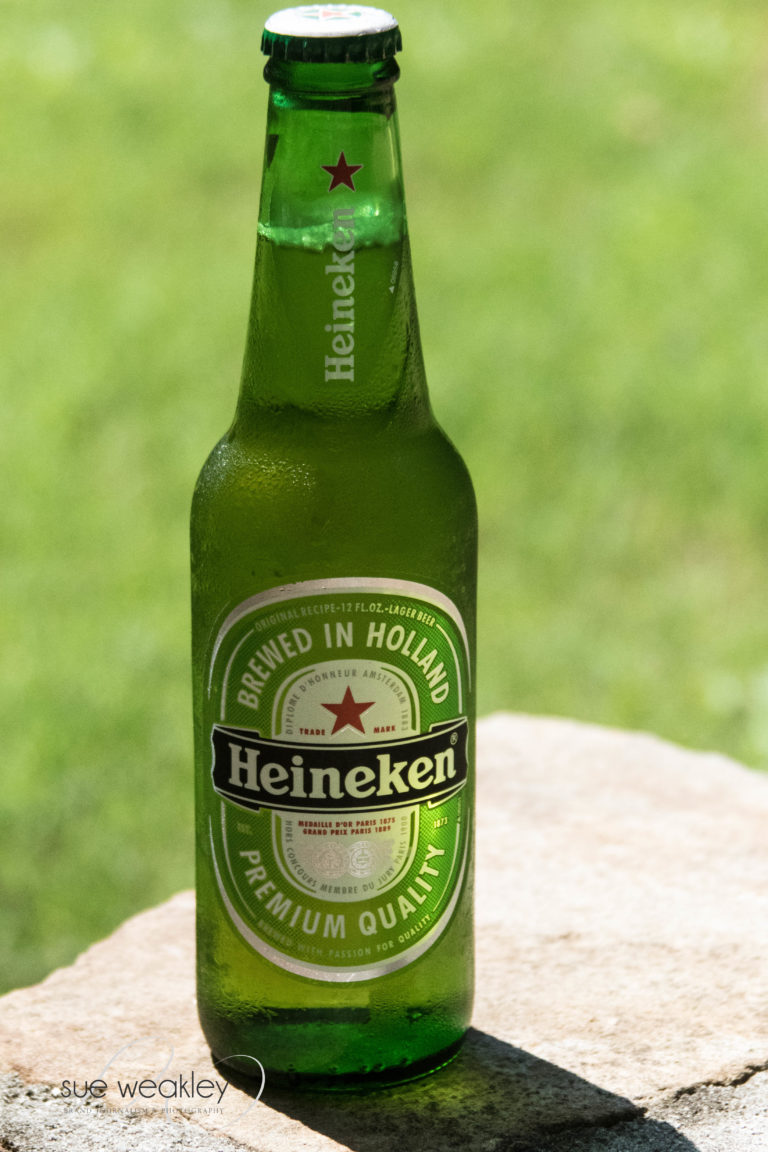Houston Dressage Helps During Hurricane Harvey
They sprang into action even as dangerous flood waters continued to rise. Stranded horses and dogs needed food, water and care as the torrent swirled over roadways and seeped into homes and barns as Hurricane Harvey helped dump more than 33 trillion gallons of water onto Southeast Texas in August. The Houston Dressage Society (HDS), along with other compassionate and concerned animal lovers, contributed muscle, money and pure moxie to help their neighbors.
“I am not from Texas. I am not American. I am European,” said Vincent Flores, the resident dressage trainer at WV Dressage in Waller, Texas. “I am so glad to see how everybody stepped up to help each other. It was amazing.”
Flores and WV Dressage, along with fellow trainer John Mason of Tex-Over Farms in Conroe, Texas, and the Great Southwest Equestrian Center (GWEC) in Katy, Texas, became command centers and drop-off points for hay, feed, water, vet supplies, buckets, halters and fly spray as donations began pouring in from Dallas, Oklahoma, Tennessee and Colorado.
“Somehow, several people around the country had gotten my number and were calling me to find out what the plan was,” Mason said. “Chris Renne, HDS President, and Vincent Flores took control and HDS stepped up pretty much immediately and started accepting donations at Tex-Over and WV.”
Flores began compiling a document of the places offering dry stalls for displaced horses.
“At the beginning, people were sending emails and texting me and I had a Word document, but there was so much information I was having a hard time keeping it up,” he said. “I thought I needed to do something more efficient, so I made a Google doc. I think it was shared on Facebook more than 2,500 times. We had 10 pages of barns offering stalls.”
Besides using social media, HDS also sent out email blasts.
“It was pretty overwhelming to see the offers to help or to open their homes,” Flores said. “A lot of people donated. One of our members was having breakfast in Dallas and decided to donate 250 bales of hay. Equine Express offered to bring the hay for free. I called for help and John Mason called for help on Facebook and people we didn’t even know showed up to load the hay.”
Amy Uniss, General Manager of GWEC, said that because the facility is located in a different suburb of Houston and was dry, she thought it would make another ideal drop-off center.
” I did it because it was what was needed at the time,” she said. “The Brazos Valley Equine Hospital was instrumental in helping as well. We had FFA clubs and a football team loading trailers. It was a humongous feat. It ran on sheer goodwill.”
“Amy Uniss is a rock star,” Mason said. “The Equestrian Center acted as a defacto staging ground for people who didn’t necessarily need to evacuate but didn’t have any feed or didn’t have any hay.”
Even as Mason was concerned about the rising waters at his own home and being cut off from the barn as the roadways between his house and the barn began to flood, he persevered.
“The only time it got really dicey was not until Tuesday [Aug. 29] when Lake Conroe started releasing more than twice the amount of water than they’ve ever released in the history of the dam,” he said. “The record they had set was 33,000 cubic feet per second being released from the dam and Tuesday during the day and during the night they were releasing 77,000 cubic feet per second, which was the most devastating part up by where we are. When Conroe started releasing the water, that starting flooding the San Jacinto River, which is about a quarter of a mile away. That flooded River Plantation, the subdivision directly across the street from Tex-Over. Half of that neighborhood was destroyed. We are talking 10 to 20 feet of water in the homes. They were doing all the high water rescue and the gas station across the street from our side entrance was the staging ground.”
Mason dropped his wife off with friends who were high-and-dry and spent a sleepless night at the barn. His home received some rain and flood damage.
On Thursday, Aug. 31, Mason received an urgent call from Uniss.
“She had just gotten a phone call from the Sherriff’s Department in Beaumont asking her for help,” he said. “They had an undetermined number of horses waiting to be rescued and they didn’t have anything to take care of the horses as far as feed, buckets or water.”
Mason called Flores at 10 a.m. and, within 20 minutes, Flores was at Tex-Over Farm. By 1 p.m., with the help of Equine Express, a horse transportation service located in Pilot Point outside Dallas, they had four trailers loaded with hay, feed, water and supplies. It took them more than four hours to make the traditionally one-and-a-half-hour trek to the Ford Expo Center in Beaumont.
“They didn’t have a single bucket, they didn’t have a single bale of hay, they didn’t have any feed,” Mason said.
Uniss came later that day with more supplies.
“There was some hellacious water by then,” she said. “We got down there and we knew we had done the right thing.
“They had probably 75 dogs tied around the arena with a water bowl in front of them and food,” she continued. “When we got there, they had a couple hundred bales of hay. We left another 200 bales, buckets, feed, fly spray and thrush medicine. Everybody in the horse community stepped up. Box trailers and flat-bed trailers were donated to take stuff down to Beaumont. People got dog cages to take care of the animals.”
The early horses brought into the Expo Center suffered from cellulitis, untreated lacerations and shock after standing in water for days. At first,there were about 20 horses there. When the supply haulers left at the end of the day, there were about 65. Another 95 horses arrived the next day and, the day after, another 90 were rescued.
“The chaos in Beaumont didn’t last long,” Mason said. “They got volunteers and vets quickly and it ran like a well-oiled machine.”
He said volunteers who weren’t even horse people arrived. Surfers from California unloaded hay and held horses. People followed the Black Hawk helicopters unloading supplies nearby and volunteered to help.
When Mason and Flores left Beaumont, there was a half a mile to a mile where they couldn’t see the road.
“It was 11 p.m. and everybody was getting stalled and we were scared we were going to run out of gas,” Flores said. It took them six-and-a-half hours to drive home.
“There was two feet of water over the road,” Mason said. “Thank God there was another car in front of me because I wouldn’t have known where the road was other than seeing the tops of the street signs sticking out. We went three miles in four and a half hours.”
Another Texas hero, Mike Mayes, the barn owner of Rocking M Dressage in Dallas, was returning from the dressage show at Lamplight and heard that 80 horses needed rescuing in the Beaumont area. He kept monitoring the Cajun Navy app, a citizen-run dispatch, and learned that Port Arthur, Texas, was in need of wave runners and flat-bottom boats to help in the rescue efforts. He unloaded his horses in Dallas, loaded up his boats and headed south. When he arrived, college students from Florida helped load the boats with water and supplies. Because of the rising water, he was unable to reach the horses so he headed out to the neighborhoods.
“People would stick their heads out of the second floor and we would take them to safety,” he said. “As we would go through the neighborhood, we would hear a dog yelp or see a cat. We rescued 30 people and as many animals as we could.”
For 48 hours he went door-to door and left people unwilling to evacuate water and whatever food they had. He rescued a dog that had been chained to a tree at ground level whose head and paws resting on a barbeque smoker were the only things above water. They heard dogs barking and did their best to get them out.
On Saturday, Sept. 1, HDS organized a supply drive via social media. People met at a local feed store at 7:30 a.m. to purchase whatever they were able to donate to the victims. They contributed more than $2,000 in supplies to the effort. Once again, Equine Express stepped up to help deliver them.
“I can’t even put into words how phenomenal Equine Express has been,” Mason said. “They coordinated their own donation center the entire time. And they went to feed stores and bought supplies with the money people donated and transported it to Houston.”
Uniss agreed. “We really need to give a shout out to Equine Express,” she said. “They dropped what they were doing and sent their trucks all over the place. They went to Beaumont, they went to Winnie, Wharton – they went all over the place. No questions asked.”
Uniss and her staff did a tally of the supplies funneled through the Great Southwest Equestrian Center from Aug. 31 through Sept. 4. They figured they moved 136 tons of hay, five tons of feed and grain, and six tons of dog food, along with 2,500 items like halters, lead ropes and shovels and more than 4,000 items of medical supplies.
And now that the flood waters are receding, it’s back to business at the GSWEC. Since the equestrian center didn’t flood or sustain damage, the GAIG/USDF Region 9 Dressage Championships were held at the facility Oct. 5-8 as planned.
“Of course the Region 9 Championships took place,” she said. “That was a given. We were back in business, for sure, but it was quite a whirlwind.”
|












